Patricia Schultz, author of 1000 Places to See Before You Die, shares some lesser-known destinations in the U.S. to put on your “to visit” list:
This summer at least 62 percent of Americans will not be leaving the country (this is the number of citizens who don’t hold a passport). Add to that some of the foreign visitors expected to visit the US (an estimated 77 million this year). In other words, if you’re traveling to perennial favorites like the Grand Canyon, Graceland, or Cape Cod, don’t expect to be alone.
This year also marks the 100th anniversary of our National Park Service, and high numbers of nature lovers are expected to descend on some of the world’s most impressive protected scenery. It is still possible to find a quiet corner in the Great Smoky Mountains National Park (the nation’s most-visited national park) even with these record numbers. But the country abounds with countless other attractions that—while hardly a secret or considered unknown—might not pop up on the average tourist’s radar. Here are five of many:
- Brandywine Valley, Delaware and Pennsylvania
- Canyon De Chelly National Monument, Arizona
- Bluegrass Region, Kentucky
- Grafton, Vermont
- Boundary Waters Canoe Area Wilderness, Minnesota
Patricia’s Under-the-Radar Picks
Brandywine Valley, Delaware and Pennsylvania
The lush Brandywine Valley straddles Delaware’s border with Pennsylvania, an unparalleled destination of manicured gardens, grand historic estates, and interesting small museums. No state is more closely associated with a single family as Delaware is with the du Ponts: Their rich legacy here begins at the Hagley Museum, where, in the early days of the 19th century, French émigré Eleuthère Irènèe (E. I.) du Pont built a river-side residence and the first of his gunpowder mills, outside of Wilmington. His great-grandson Alfred Irènèe du Pont built his own extravagant home in 1910, a Louis XVI-style mansion called Nemours. But it was Henry Francis du Pont, another great-grandson of E. I., who was responsible for Winterthur, perhaps the most visited of the family homes. The du Pont Trail and their love for gardens continues just 20 minutes across the Pennsylvania border, to the 1,050-acre, fountain-studded Longwood Gardens, the personal fantasy of H. F.’s cousin Pierre S. du Pont, which is now open to the public.
Canyon De Chelly National Monument, Arizona
Owned by the Navajo Nation, one of 21 recognized tribes living in Arizona and the largest in the US, Canyon de Chelly (de-SHAY) National Monument exudes a quiet magic and spirituality that inspired mythology guru Joseph Campbell to call it “the most sacred place on Earth.” Navajo families continue to tend their farms and orchards here, and it is the only national park unit built entirely on Navajo Tribal Trust Land. The Ancestral Puebloans (also known as the Anasazi) began carving multistoried dwellings into the sheer sandstone walls around A.D. 700. Mysteriously abandoned in the 1300s, they are one of the oldest continuously occupied sites in North America, and—paired with the canyon’s natural beauty—the principal attraction of this 130-square-mile monument. You can often feel like you have the place to yourself.
Bluegrass Region, Kentucky
Central Kentucky’s Bluegrass Region is one of America’s most genteel and elegant landscapes, spread over 15 counties and 8,000 square miles of Tara-style manor houses and oak-plank fences. It is also the undisputed international center of Thoroughbred horse breeding (horses live better here than most folks), dissected by two of America’s most scenic byways, the Old Frankfort Pike and the Paris Pike. These roads meander through the bucolic region past more than 400 farms, many home to past Derby winners. Although Louisville’s Churchill Downs hosts the storied Kentucky Derby, Keeneland Race Course in Lexington is the South’s most beautiful track, with elegant limestone grandstands and a tree-shaded setting. Watch workout sessions early on most mornings, and follow up with breakfast at the Track Kitchen, a local favorite.
Grafton, Vermont
A picture-perfect Vermont village credited with restarting the state’s handcrafted cheese industry, Grafton is an architectural showcase of historical buildings, such as the three-story Old Tavern, built in 1801 (and where you can still bed down). Rudyard Kipling honeymooned here in 1892, the same year the town’s renowned cheese company was founded. They still make an excellent cheddar for you to take home. The town is not a living museum peopled by staff in period costumes, but a real-life community with a population of 600, many of whom work in the well-stocked general store or the cluster of shops along the tree-lined main street. There’s not much to do in Grafton except enjoying the lazy pace of yesteryear.
Boundary Waters Canoe Area Wilderness, Minnesota
More than 1,000 lakes—ranging from 10 to 10,000 acres each—are scattered throughout the piney woods along the Minnesota-Ontario border. On the Minnesota side lie more than 1 million protected acres of land known as the Boundary Waters Canoe Area Wilderness, the largest US wilderness preserve east of the Rockies. Cross the border and another 1.2 million acres are yours in Ontario’s Quetico Provincial Park. Free of cars, largely free of motorboats, and with more than 1,500 acres of mapped canoe routes, the BWCAW is an irresistible draw for canoers who paddle and portage (carry the canoe overland) for days or weeks, camping on lakeshores and pulling in fresh walleye or northern pike for dinner. Winter, too, has its magic in these parts. The pristine wilderness makes for a snowy wonderland, and Ely, Minnesota, is considered the sled dog capital of the US.


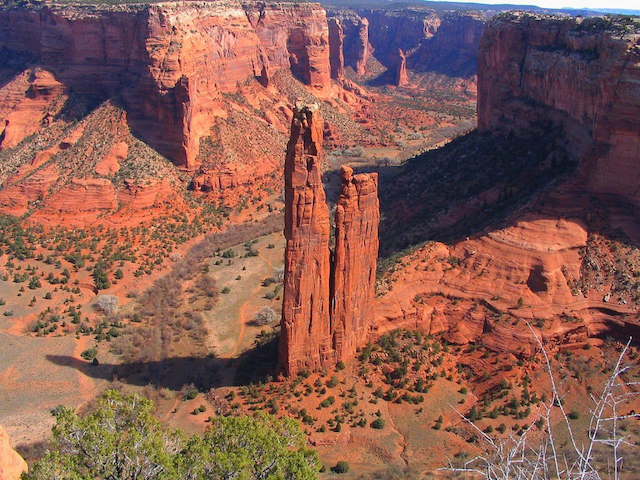
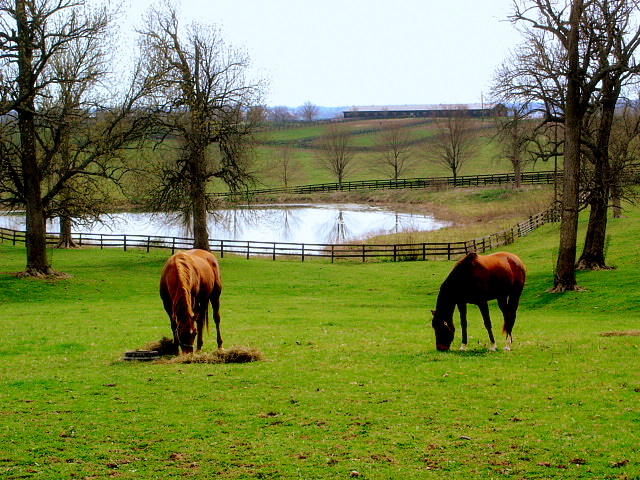

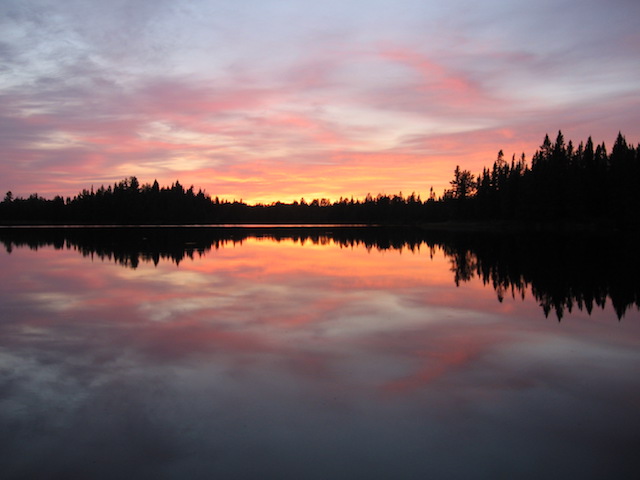
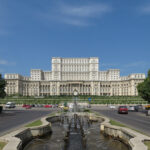

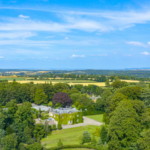
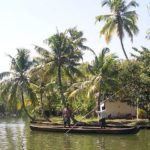
No Comments